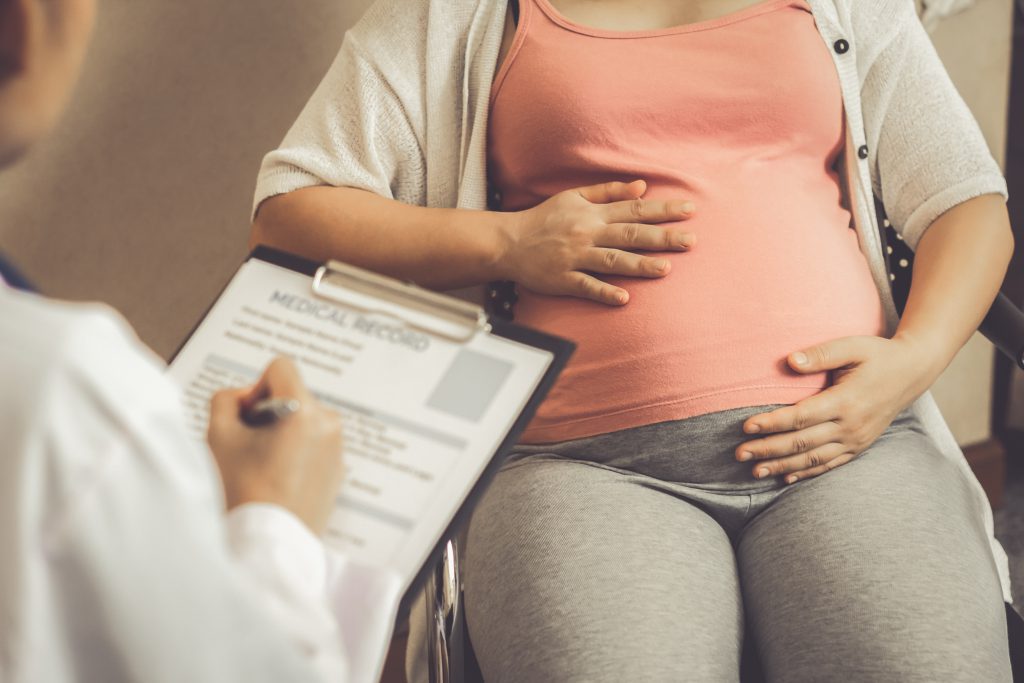Responsum for CKD
{{user.displayName ? user.displayName : user.userName}}
{{ user.userType }}

Some research has shown that the risk for chronic kidney disease (CKD) is slightly greater in women than in men.* CKD affects approximately 195 million women worldwide, and it’s currently the eighth leading cause of death in women—causing 600,000 deaths each year, according to WorldKidneyDay.org. Women are at risk of CKD for reasons different from men and are impacted by the disease differently.
Some research has shown that the risk for chronic kidney disease (CKD) is slightly greater in women than in men.* CKD affects approximately 195 million women worldwide, and it’s currently the eighth leading cause of death in women—causing 600,000 deaths each year, according to WorldKidneyDay.org. Women are at risk of CKD for reasons different from men and are impacted by the disease differently.
Urinary tract infections (UTIs) and lupus are a couple of risk factors that predispose women to kidney disease. Forty to 50% of women will have a UTI versus 10% of men, because bacteria reaches a woman’s kidneys more easily as they have shorter ureters.
UTIs lead to nearly 10 million healthcare visits each year. If not treated, the germs can travel up to the kidneys and cause an infection, called pyelonephritis. UTIs and kidney infections are more common in women, and the risk increases in pregnancy.
In addition, more than nine out of 10 adults with lupus are women, and more than half of people with lupus have kidney problems. Lupus is most common in women ages five to 44.
It’s also important to note that women of color are two to three times likely to have CKD. They often experience an earlier onset and more serious symptoms and complications, such as kidney failure.
It is typically more difficult for a woman with CKD to get pregnant—especially in its advanced stage when dialysis is required—but it is still possible. If a woman with CKD does get pregnant, she may face challenges that can potentially cause increased risk to both mother and child, which include:
Even women without CKD may be at risk during both pregnancy and birth because of preeclampsia and other problems that put a strain on the kidneys. Preeclampsia and high blood pressure when pregnant can lead to kidney failure and risk of CKD later in life. Prenatal care is therefore crucial for all pregnant women for this very reason.
The prevalence of CKD in women differs from men in that they are more susceptible to diseases that increase the risk for CKD. Women also face unique challenges when diagnosed with CKD, such as problems with pregnancy and gender disparities in kidney transplantation. Doctors and patients should use this information to ensure women are getting the best possible care for the prevention and management of CKD.

Additional information on kidney disease in women can be found on the National Kidney Foundation’s website and the World Kidney Day website.
*National Kidney Foundation. (n.d.). Women and Kidney Disease. Retrieved from https://www.kidney.org/newsletter/women-kidney-disease
Source: {{articlecontent.article.sourceName}}
Receive daily updated expert-reviewed article summaries. Everything you need to know from discoveries, treatments, and living tips!
Already a Responsum member?
Available for Apple iOS and Android
Add Comments
Cancel